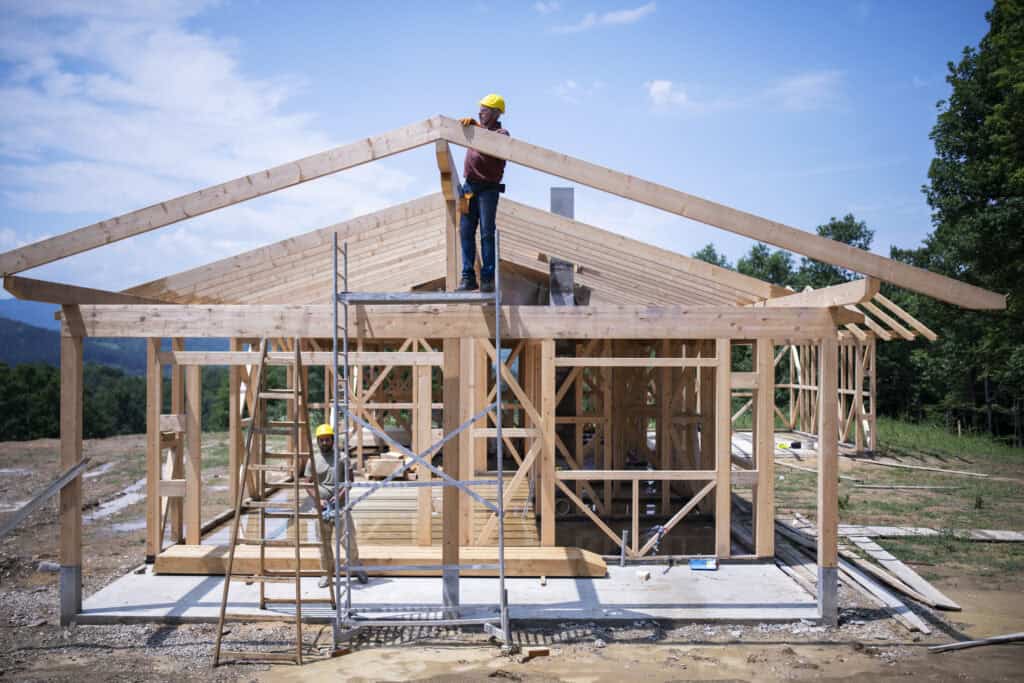(Getty Images)
Statistics Canada releases housing affordability data for 2022.
The share of households spending 30 per cent or more of their income on shelter costs returns to pre-pandemic levels.The share of households living in unaffordable housing—defined as spending 30 per cent or more of their income on shelter costs was 22 per cent in 2022, virtually the same as it was in 2018, before the COVID-19 pandemic. In 2022, renters were more than twice as likely to spend 30 per cent or more of their income on shelter costs than owners, a gap that has persisted over time.
In 2022, households living in social and affordable housing were less likely to be living in unaffordable housing compared with 2018. The average monthly rent paid by households living in social and affordable housing was $695 in 2022, a 12.4 per cent increase from 2018. This smaller rise in rent compared with income growth allowed more households living in social and affordable housing to keep their spending on housing under 30 per cent of their income. In 2022, 25.4 per cent of households living in social and affordable housing spent 30 per cent or more of their income on housing, down four percentage points from 2018.
Housing affordability had previously improved in 2021, as a result of the temporary income boost provided by pandemic-related government benefits.
These results come from the 2022 cycle of the Canadian Housing Survey, undertaken as a collaboration between Statistics Canada and the Canada Mortgage and Housing Corporation. This survey, the results of which are released today, was conducted from November 2022 to March 2023.
Growing dissatisfaction with housing affordability
From 2018 to 2022, shelter costs increased nationally by 20.6 per cent. Against this backdrop, a larger share of Canadians were dissatisfied with the affordability of their housing in 2022 than in 2018.
In 2022, 14.5 per cent of households were dissatisfied with the affordability of their housing, marking a 3.4 percentage-point increase from 2018. Renters were more likely to be dissatisfied with the affordability of their housing than owners in 2022, but the rates of both groups grew by more than 3.0 percentage points since 2018.
Meanwhile, a smaller proportion of renter households living in social and affordable housing were dissatisfied with the affordability of their housing in 2022.
Housing is part of larger affordability challenges
Households felt the pressure on their overall household budget in 2022, because of an overall rise in shelter costs, as well as price increases for other items that make up the Consumer Price Index, such as gasoline and food.
In 2022, close to one-third of households found it difficult to make ends meet, up from just over one-fifth in 2018. The relative increase was higher among owners with a mortgage, who may have been affected by higher interest rates. At the same time, close to half of renters living in social and affordable housing reported having difficulties meeting their financial obligations in 2022.


